Tour mort et deux demi-clés
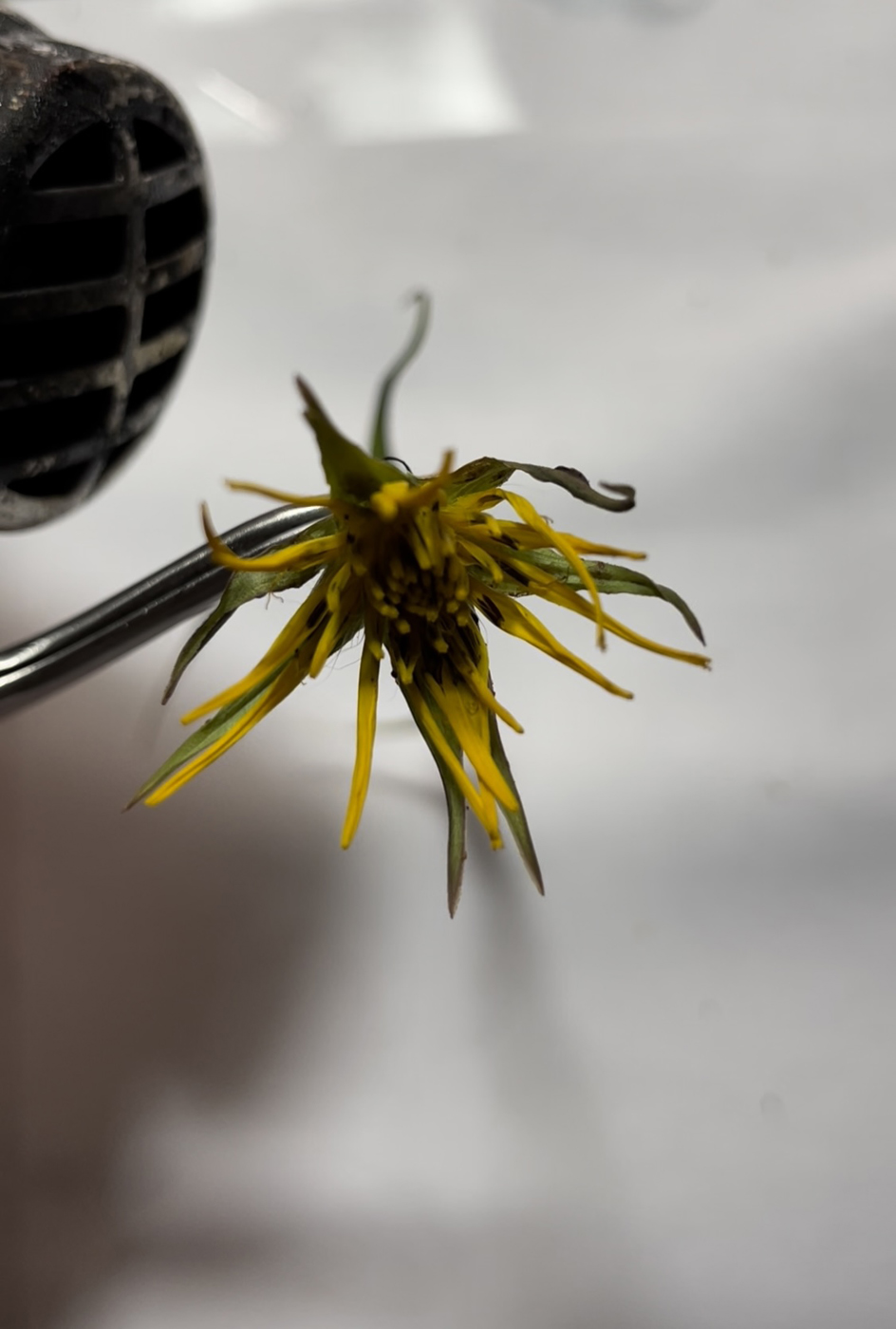
Tour mort et deux demi-clés
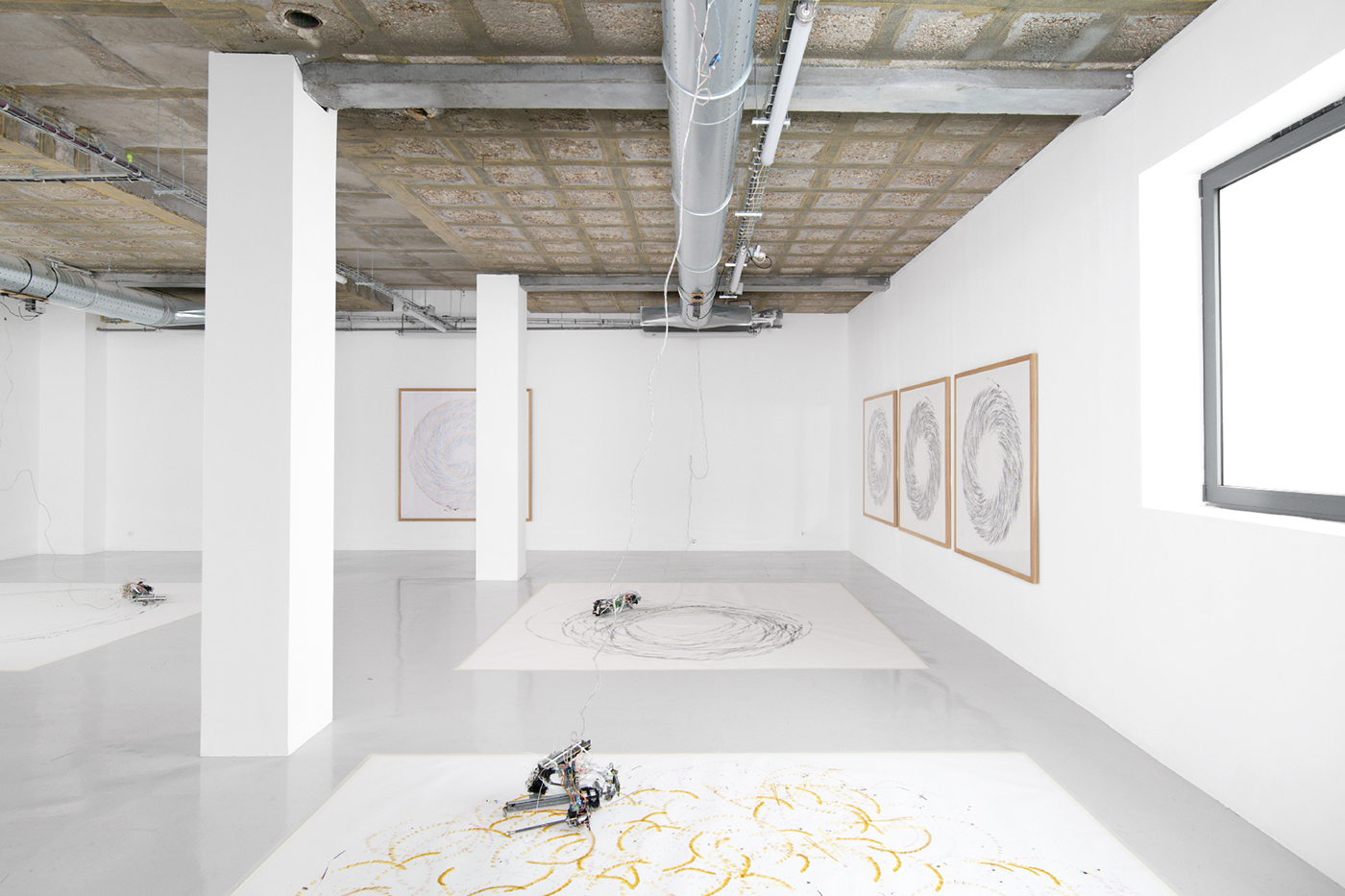
Tour mort et deux demi-clés
Exhibition view "Tour mort et deux demi-clés", galerie In Situ - fabienne leclerc, Grand Paris 10.09-22.10.2022
© Aurélien Mole
Courtesy of the artiste & galerie In Situ - fabienne leclerc, Grand Paris
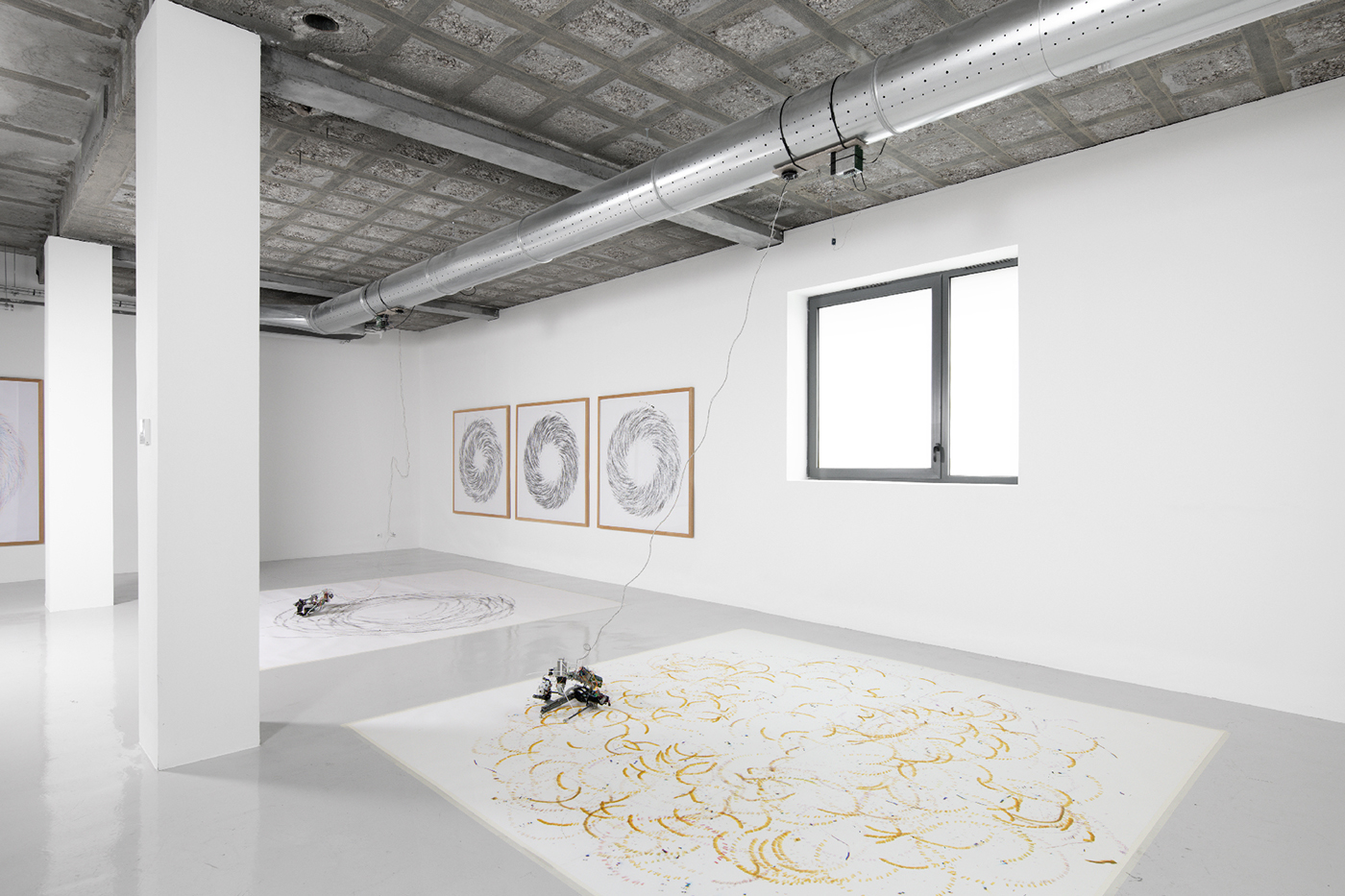
Tour mort et deux demi-clés
Exhibition view "Tour mort et deux demi-clés", galerie In Situ - fabienne leclerc, Grand Paris 10.09-22.10.2022
© Aurélien Mole
Courtesy of the artiste & galerie In Situ - fabienne leclerc, Grand Paris
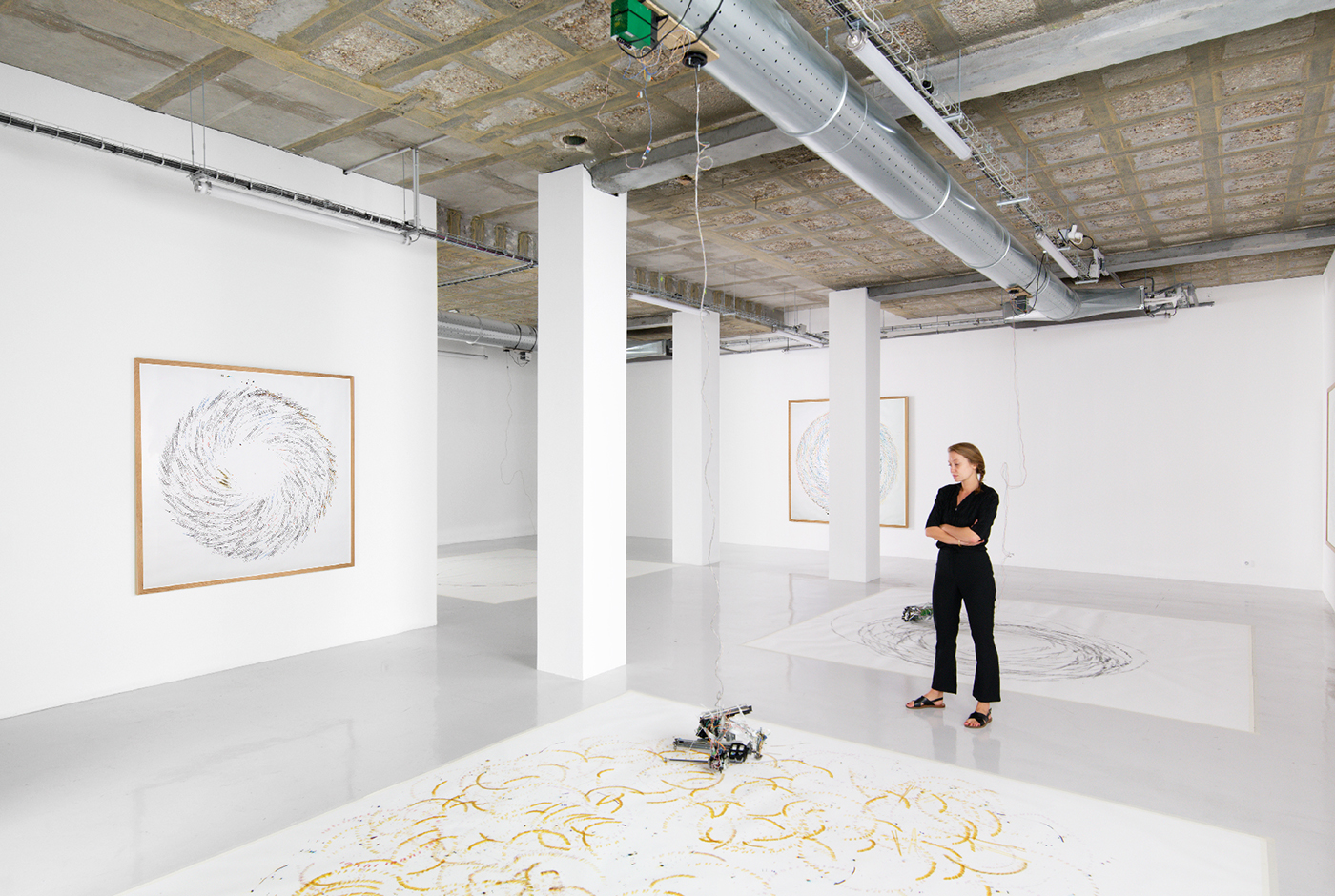
Tour mort et deux demi-clés
Exhibition view "Tour mort et deux demi-clés", galerie In Situ - fabienne leclerc, Grand Paris 10.09-22.10.2022
© Aurélien Mole
Courtesy of the artiste & galerie In Situ - fabienne leclerc, Grand Paris
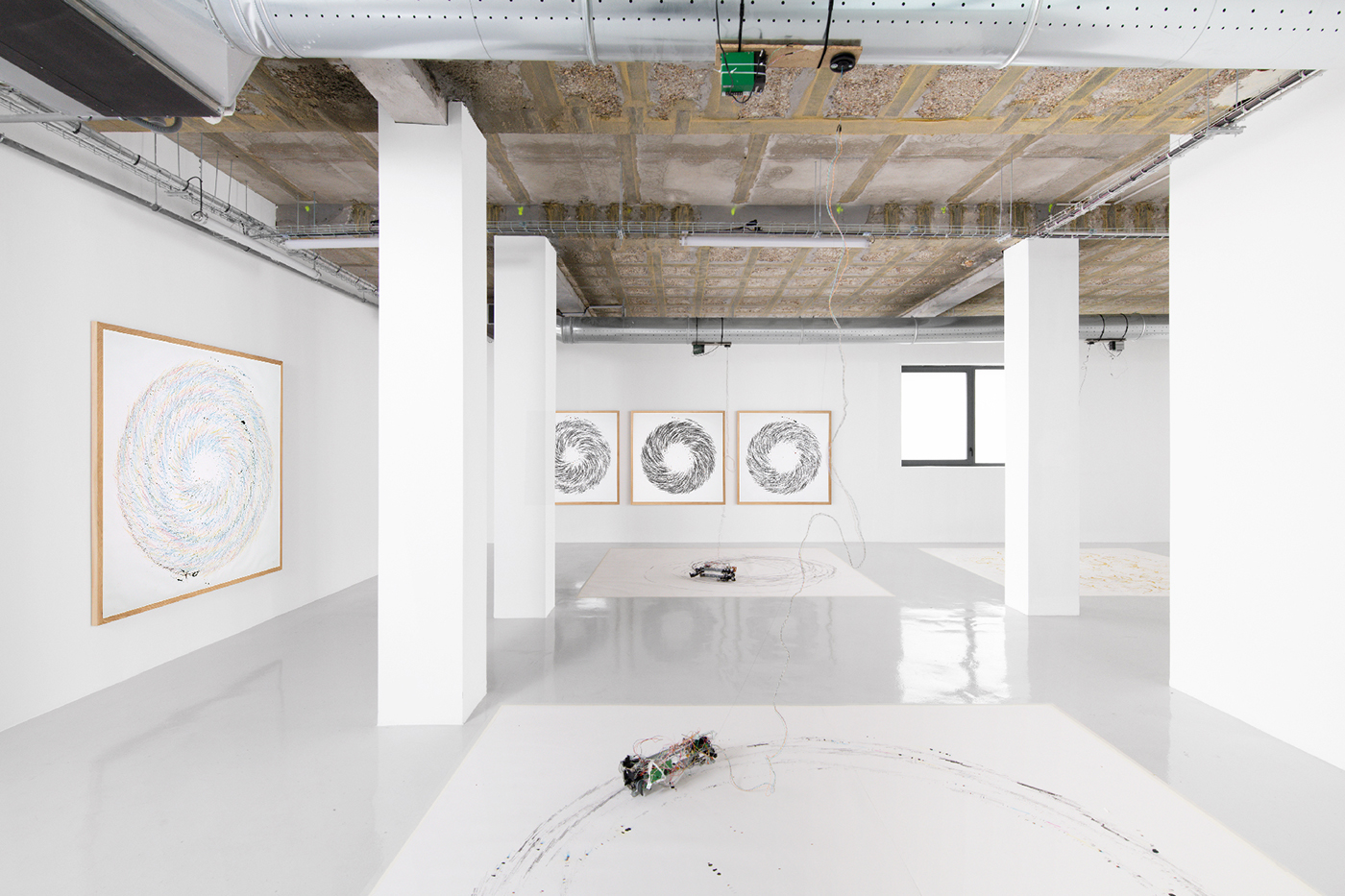
Tour mort et deux demi-clés
Exhibition view "Tour mort et deux demi-clés", galerie In Situ - fabienne leclerc, Grand Paris 10.09-22.10.2022
© Aurélien Mole
Courtesy of the artiste & galerie In Situ - fabienne leclerc, Grand Paris
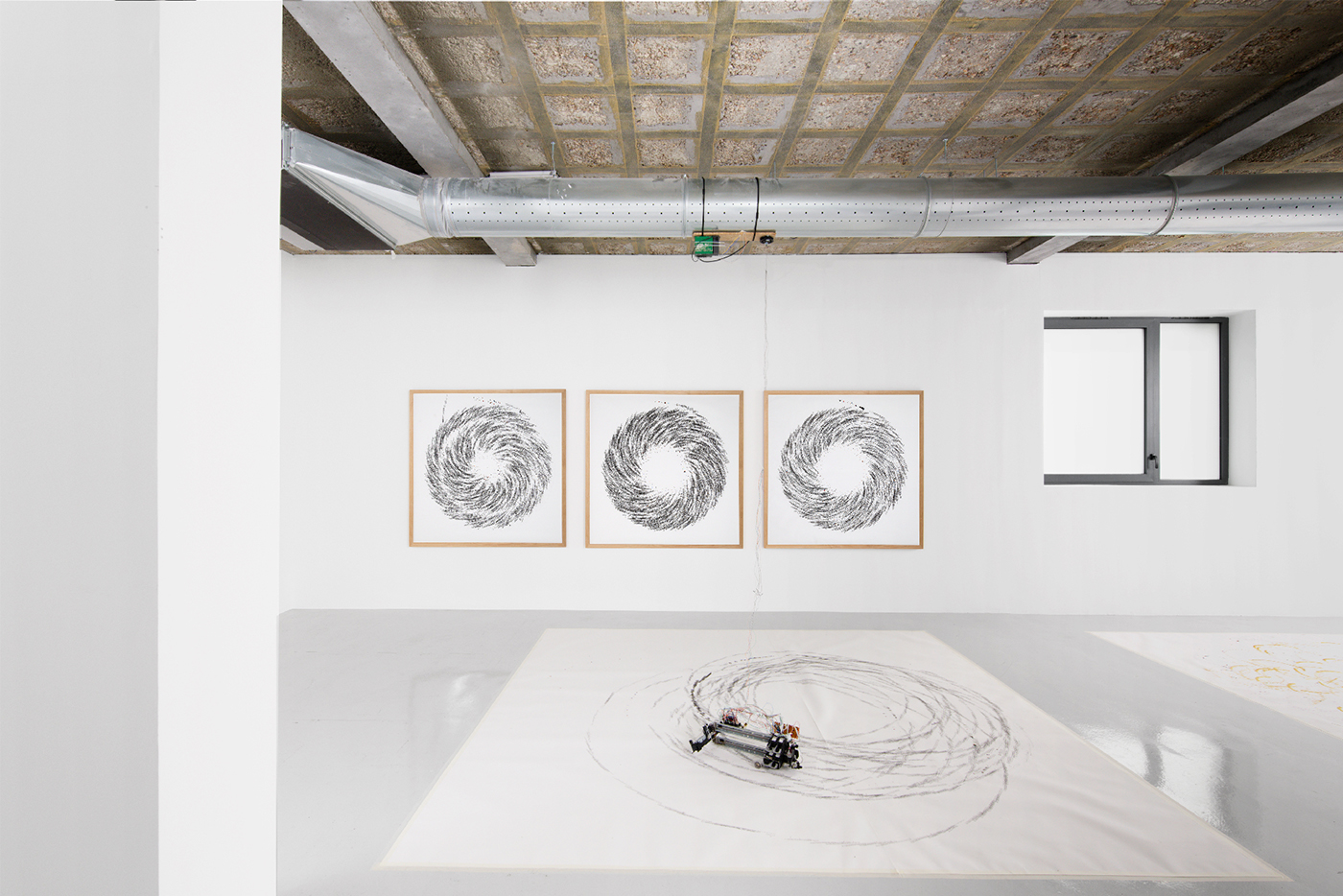
Tour mort et deux demi-clés
Exhibition view "Tour mort et deux demi-clés", galerie In Situ - fabienne leclerc, Grand Paris 10.09-22.10.2022
© Aurélien Mole
Courtesy of the artiste & galerie In Situ - fabienne leclerc, Grand Paris
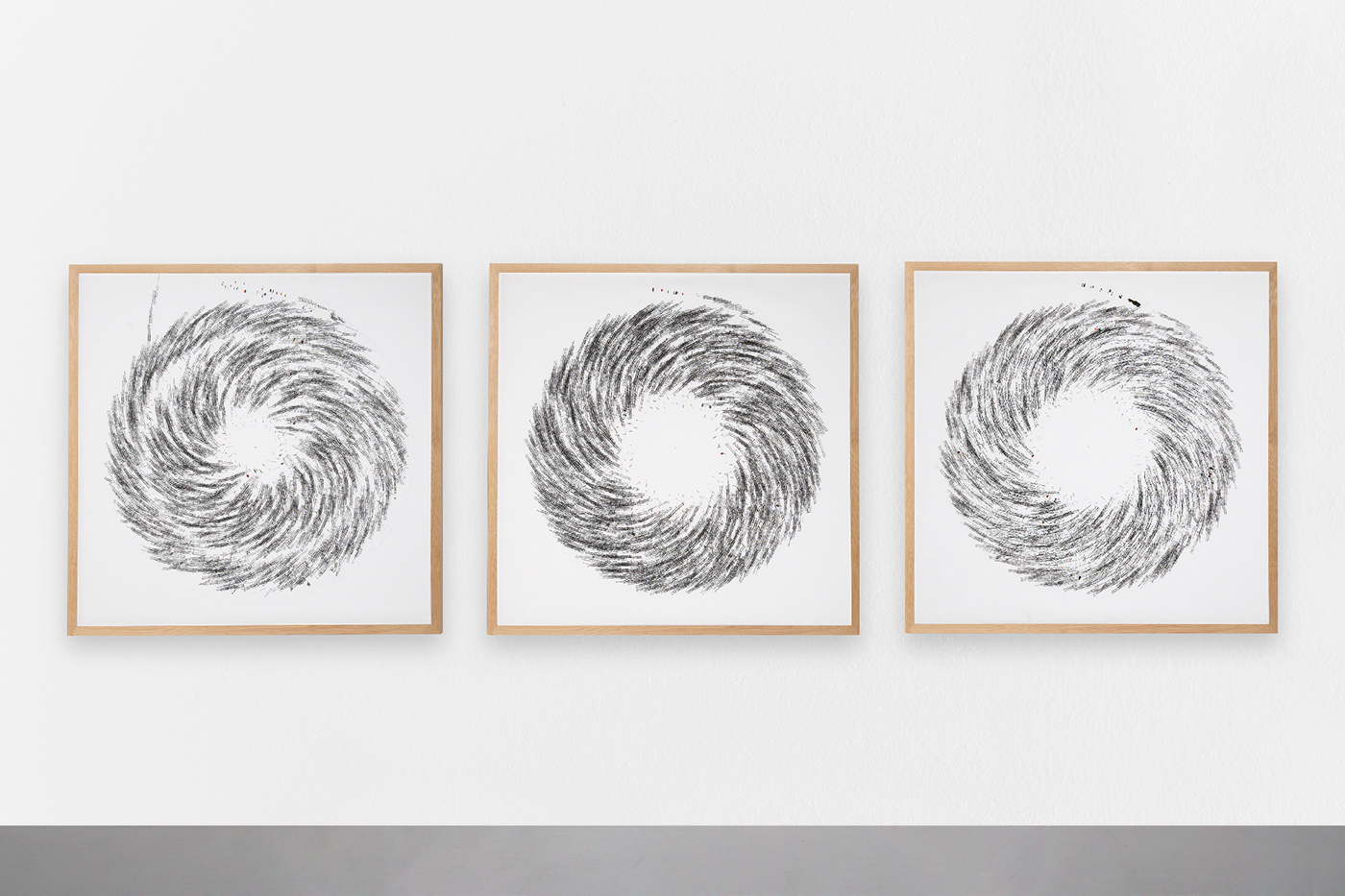
Tour mort et deux demi-clés
Vivien Roubaud, Sans titre (Impressions d'Afriques Raymond Roussel) (1909), 2022
Exhibition view "Tour mort et deux demi-clés", galerie In Situ - fabienne leclerc, Grand Paris 10.09-22.10.2022
© Aurélien Mole
Courtesy of the artiste & galerie In Situ - fabienne leclerc, Grand Paris
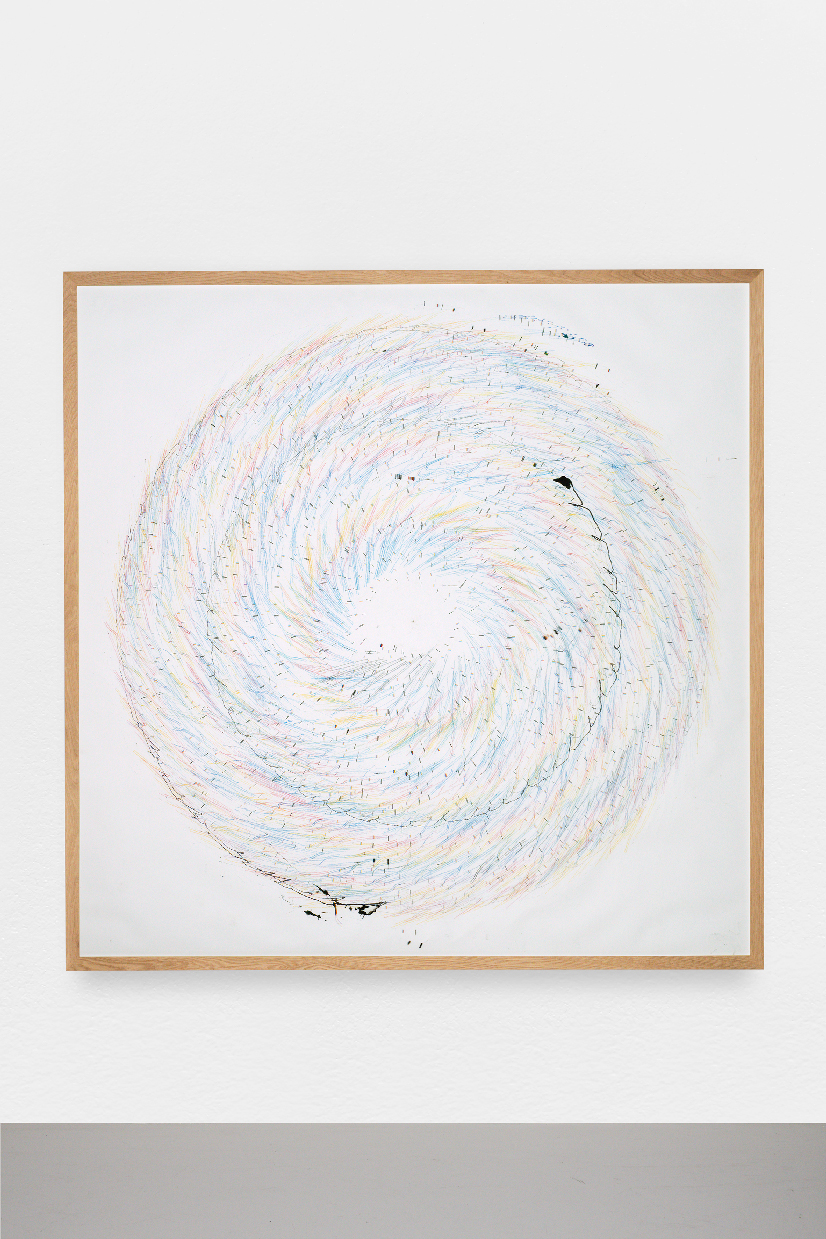
Tour mort et deux demi-clés
Vivien Roubaud, Sans titre (L'île mystérieuse Jules Verne 1875), 2022
Exhibition view "Tour mort et deux demi-clés", galerie In Situ - fabienne leclerc, Grand Paris 10.09-22.10.2022
© Aurélien Mole
Courtesy of the artiste & galerie In Situ - fabienne leclerc, Grand Paris
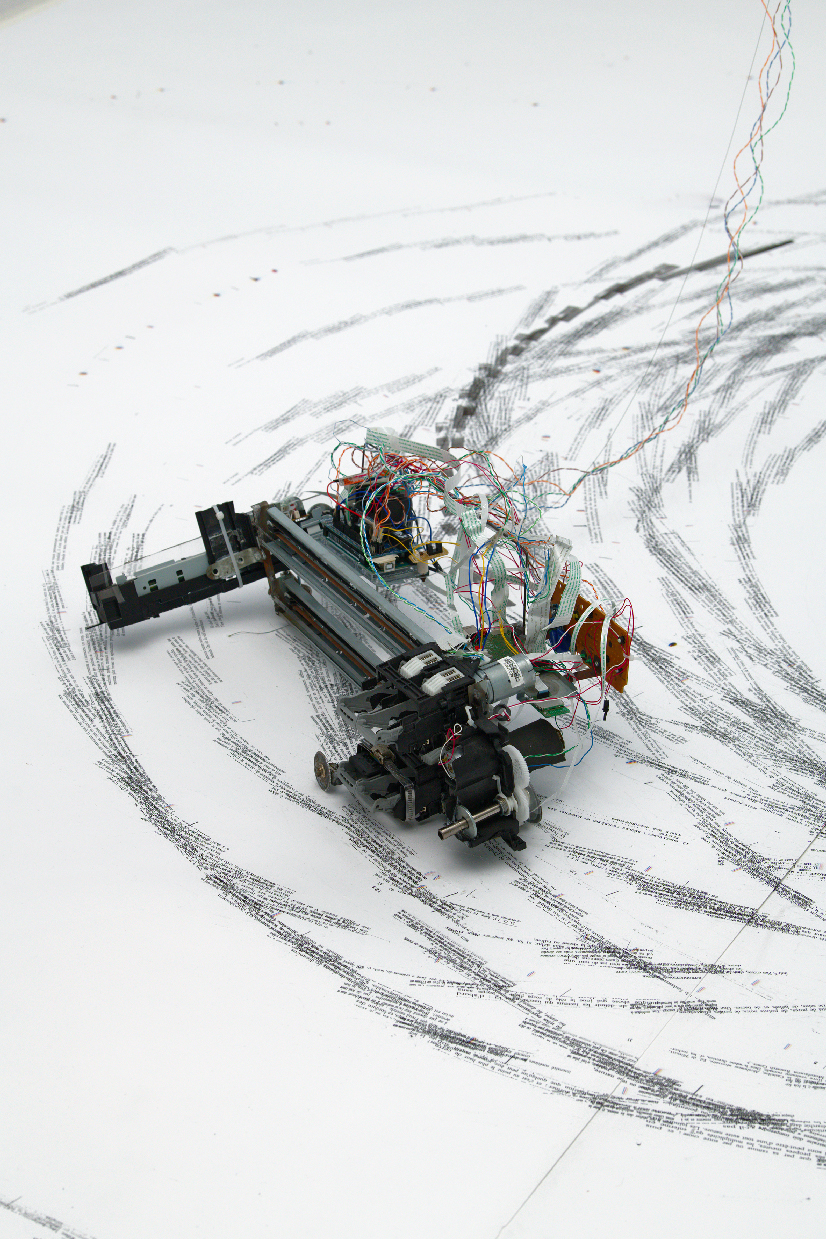
Tour mort et deux demi-clés
Vivien Roubaud, Pixma 3650s (imprimante multifonction), automates, moteur, vingt-quatre volts, 2022
Exhibition view "Tour mort et deux demi-clés", galerie In Situ - fabienne leclerc, Grand Paris 10.09-22.10.2022
© Aurélien Mole
Courtesy of the artiste & galerie In Situ - fabienne leclerc, Grand Paris
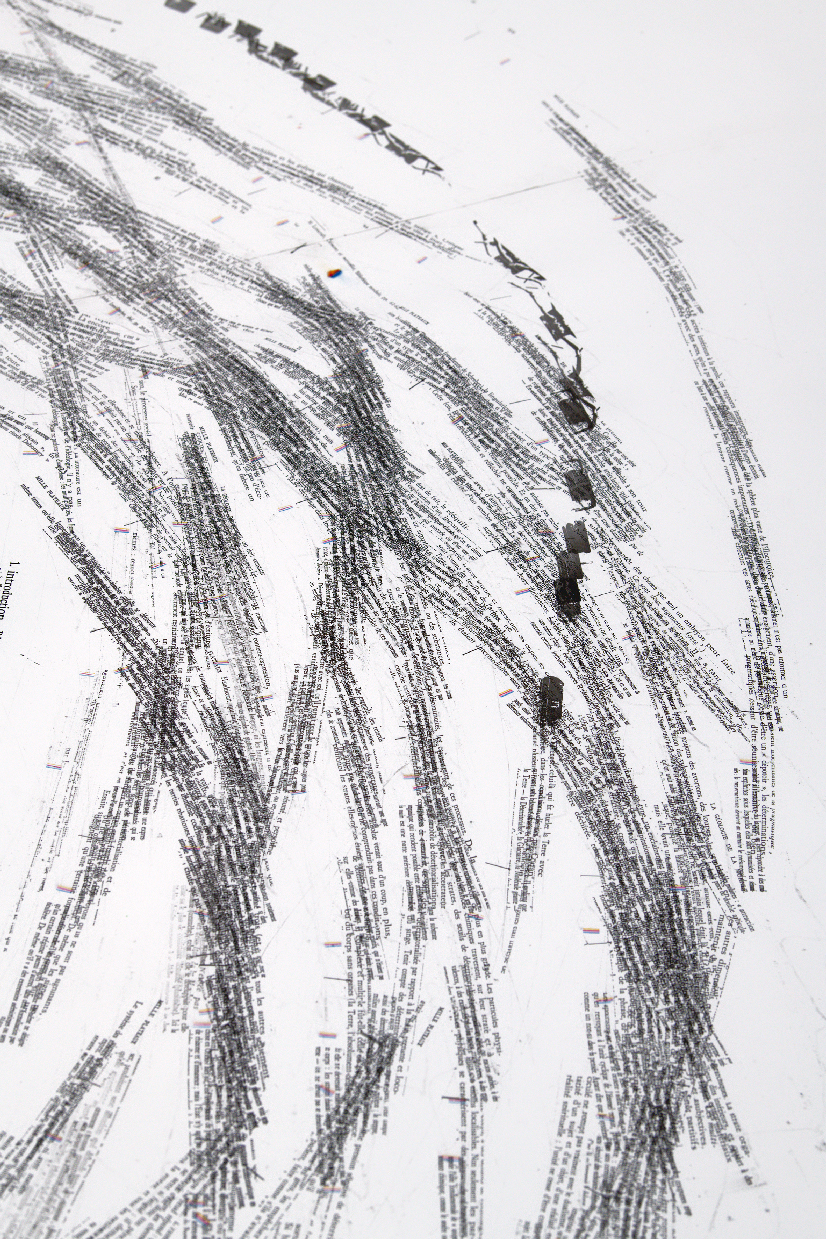
Tour mort et deux demi-clés
Vivien Roubaud, Pixma 3650s (imprimante multifonction), automates, moteur, vingt-quatre volts (detail), 2022
Exhibition view "Tour mort et deux demi-clés", galerie In Situ - fabienne leclerc, Grand Paris 10.09-22.10.2022
© Aurélien Mole
Courtesy of the artiste & galerie In Situ - fabienne leclerc, Grand Paris
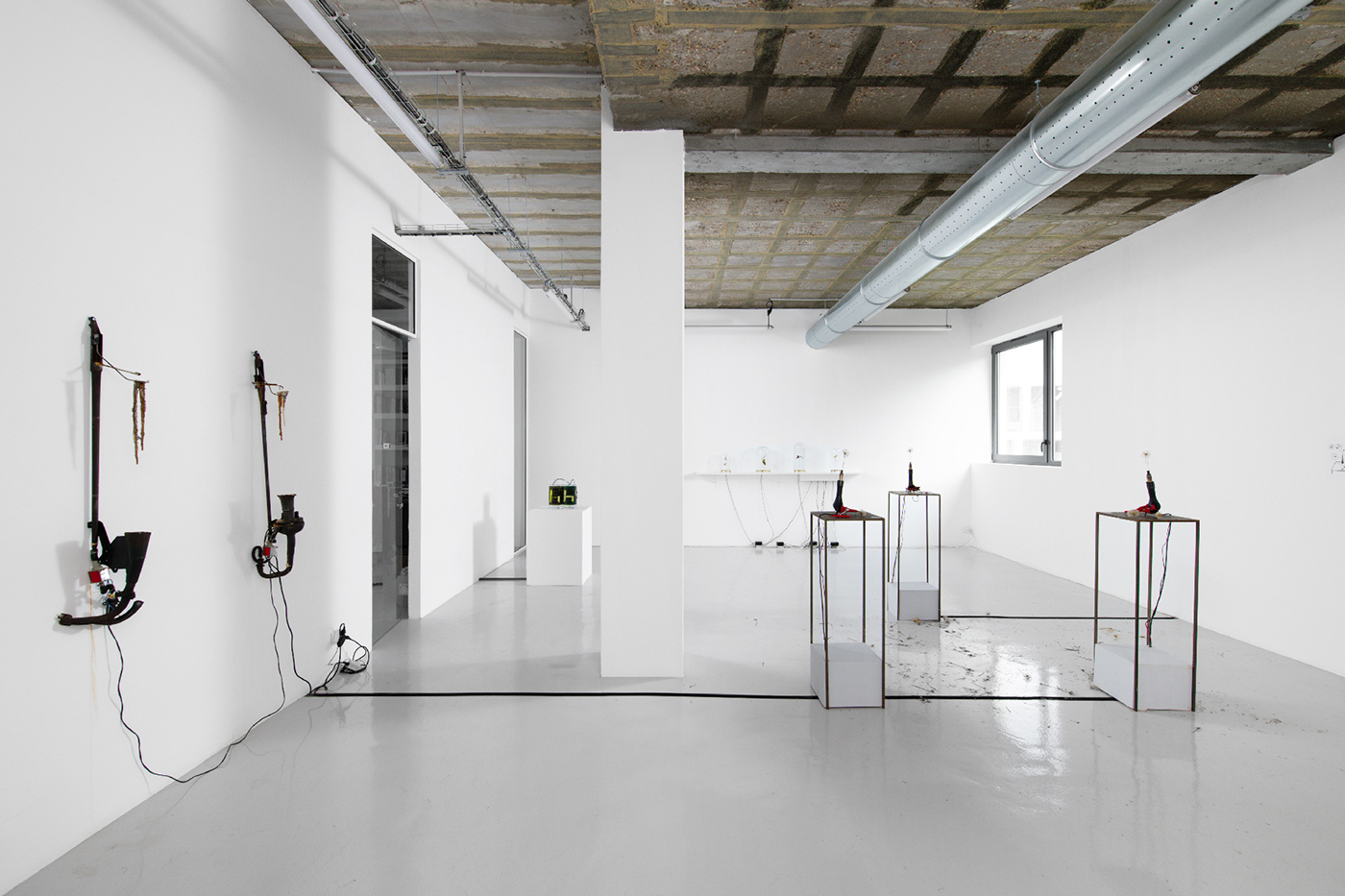
Tour mort et deux demi-clés
Exhibition view "Tour mort et deux demi-clés", galerie In Situ - fabienne leclerc, Grand Paris 10.09-22.10.2022
© Aurélien Mole
Courtesy of the artiste & galerie In Situ - fabienne leclerc, Grand Paris
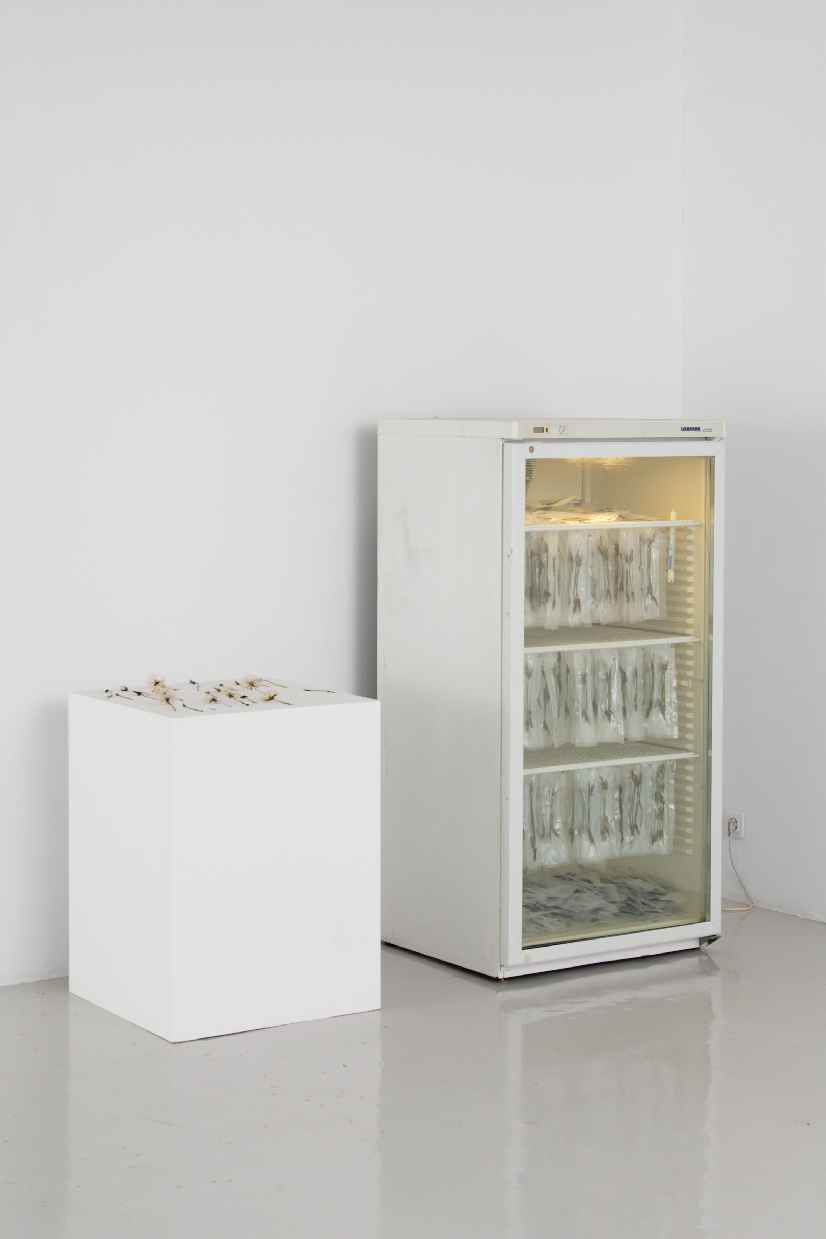
Tour mort et deux demi-clés
Exhibition view "Tour mort et deux demi-clés", galerie In Situ - fabienne leclerc, Grand Paris 10.09-22.10.2022
© Aurélien Mole
Courtesy of the artiste & galerie In Situ - fabienne leclerc, Grand Paris
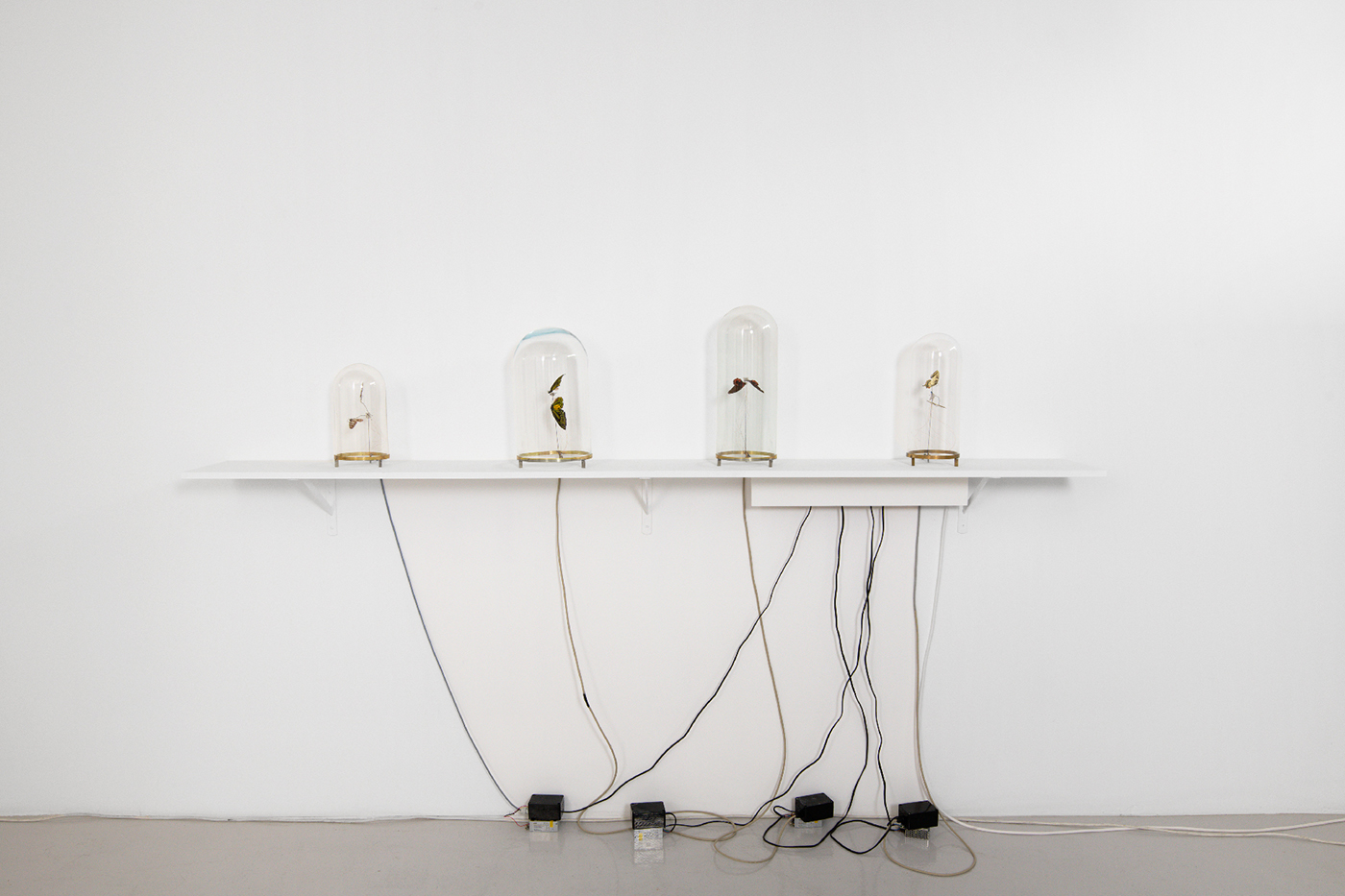
Tour mort et deux demi-clés
Exhibition view "Tour mort et deux demi-clés", galerie In Situ - fabienne leclerc, Grand Paris 10.09-22.10.2022
© Aurélien Mole
Courtesy of the artiste & galerie In Situ - fabienne leclerc, Grand Paris
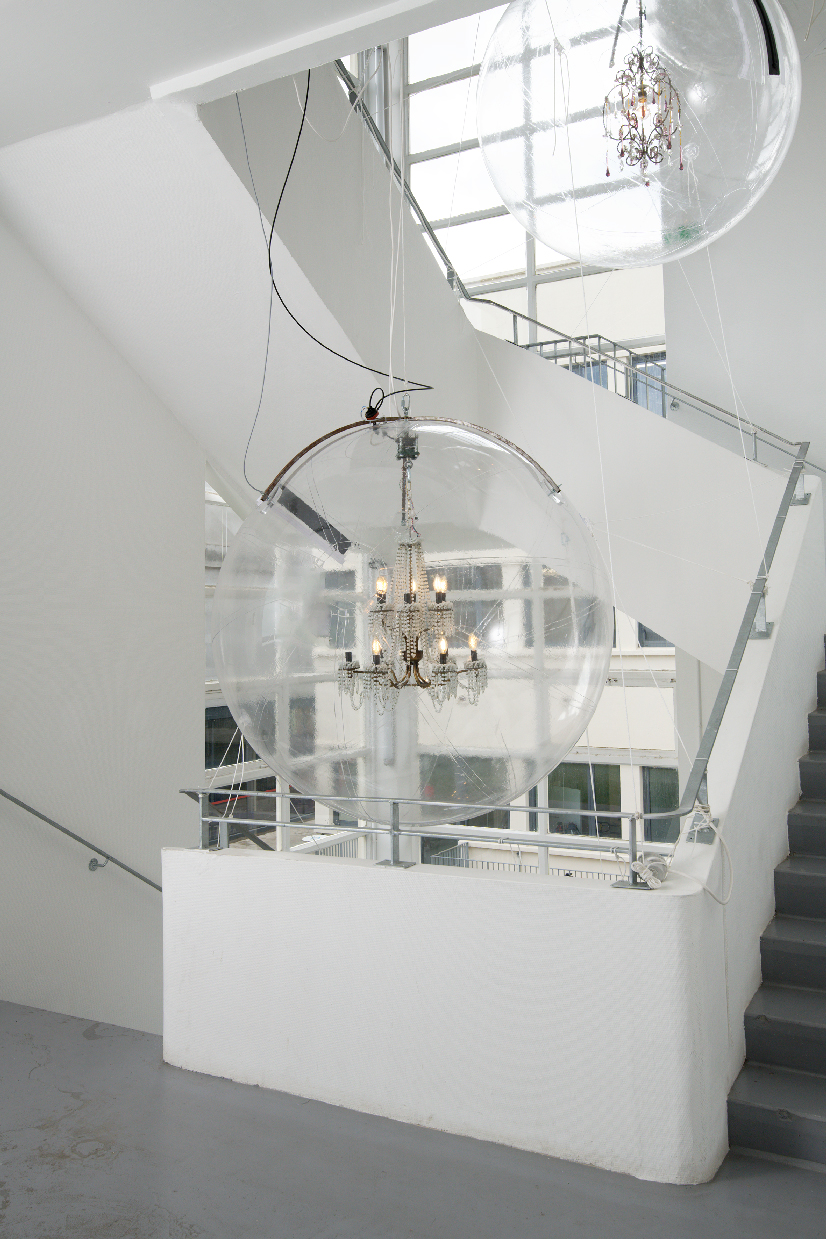
Tour mort et deux demi-clés
Exhibition view "Tour mort et deux demi-clés", galerie In Situ - fabienne leclerc, Grand Paris 10.09-22.10.2022
© Aurélien Mole
Courtesy of the artiste & galerie In Situ - fabienne leclerc, Grand Paris
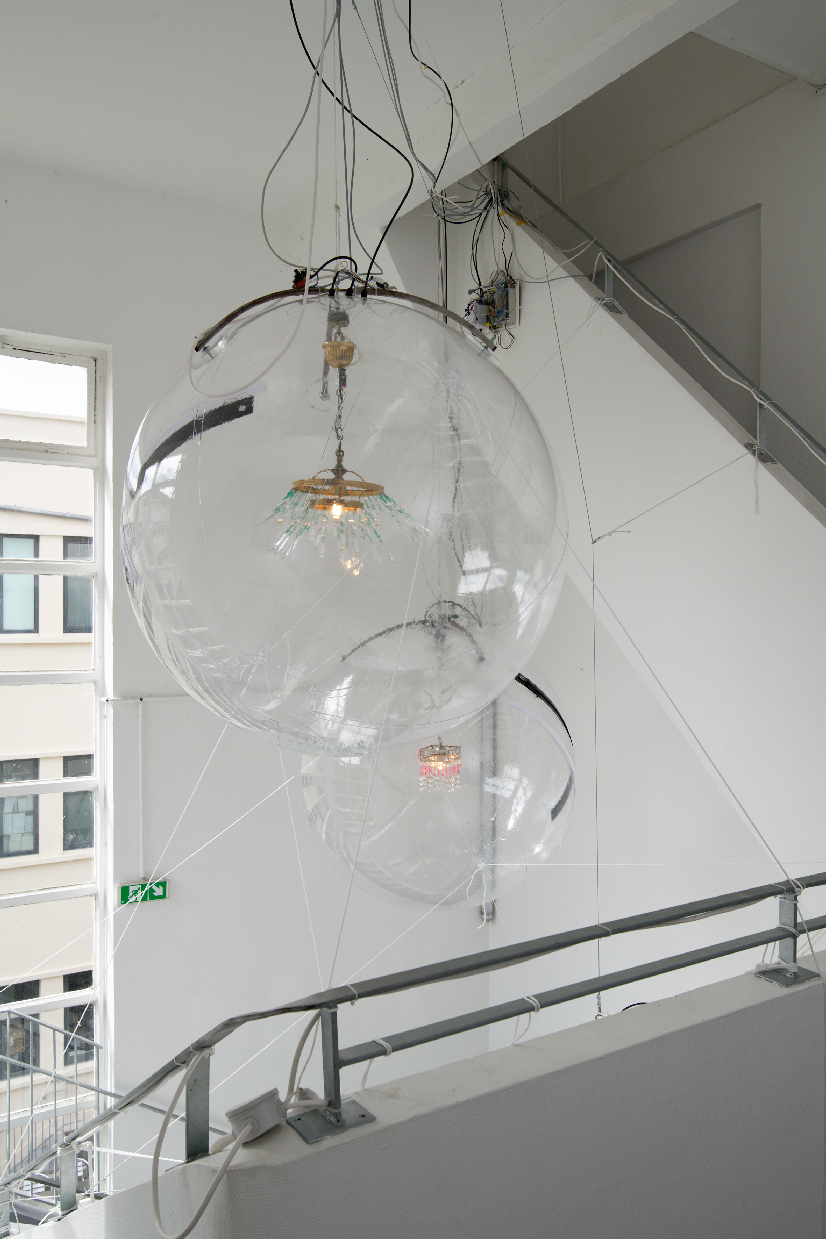
Tour mort et deux demi-clés
Exhibition view "Tour mort et deux demi-clés", galerie In Situ - fabienne leclerc, Grand Paris 10.09-22.10.2022
© Aurélien Mole
Courtesy of the artiste & galerie In Situ - fabienne leclerc, Grand Paris
OPENING SUNDAY SEPTEMBER 11 2022, FROM 2PM TO 6PM
"Pour cette troisième exposition dans la galerie, j'ai choisi de redonner un souffle de vie à certains axes de recherches qui ont germé au début de notre rencontre et de notre collaboration. Chaque projet est un challenge de réalisation, et entreprendre de le faire exister ne veut pas pour autant dire le "réussir" complètement.
Il y a cette part de "jeu" (écart tolérable à définir entre deux pièces mécaniques en mouvement) qui amène le projet en deçà ou au-delà de l'entreprise initialement fixée. Travailler dans ces conditions revient à avancer en tâtonnant dans l'obscurité avec les deux mains en avant. Exposer la concrétisation d'un "test de faisabilité", devenant malgré lui le prototype à montrer, peut ainsi nous poser à tous les deux des petits problèmes."
Wear
In La notion de dépense [“The Notion of Expenditure”],[1] which Vivien Roubaud considers an important source of inspiration, Georges Bataille engaged in a methodical attack on the ideology of finality and utility in various political and socioeconomic fields, including the arts, to contrast them with the useless, nonproductive expenditure, play. He thus made reference (without citing them) to a number of authors of the aesthetics of the Enlightenment (Shaftesbury, Kant, Schiller) for whom art was disinterestedness, “finality without end,” free play and in itself, useless par excellence – some of the ingredients composing art’s autonomy. Wanting to give an anthropological dimension to this idea of nonproductive, useless, unusable expenditure from which no interest could be extracted, Bataille referred especially to the research carried out by Marcel Mauss, Essai sur le don,[2] more precisely on the practice of potlatch, agonistic ceremonies during which gifts and counter-gifts generally lead to the total destruction of goods that are essential for the community, in order to acquire a symbolic power, recognition, admiration from those who at a certain moment could not continue the battle. Yet, the more one destroys, the more one acquires prestige, because the only one who can divest himself of his possessions is he who has many possessions. If Bataille excludes the other form of the gift analyzed by Mauss consisting of the triple obligation to give-receivegive back – one person is under obligation to the other, but free to not give back the present accepted with a counter-gift – and who is not in an agonistic relationship, the notion of the “nonproductive expenditure” condenses in a relevant manner what the contemporary arts still succeed in generating in a world totally penetrated by economics. Even though such a work of art has an exorbitant price, its artistic, plastic and aesthetic value in no way equals its price, therefore remaining an expenditure of time, energy, material and mental investment – for the producer as well as the recipient – literally useless, nonproductive, a game having no finality other than the game for itself. In this respect, works of art are inestimable. Apart from these elements of the Notion de dépense that partially intersect Vivien Roubaud’s approach, the very last chapter comes closer to it still, because it is a question in his works of restoring “the insubordination of material facts,” as well as the resistance and even the resilience of objects and things. To see the second, fifth or umpteenth lives that the artist succeeds in injecting them with, we are not far from Lamartine’s apparently candid questioning: “Inanimate objects, do you thus have a soul / That is attached to our soul and the power of loving?”[3]
The consumer society and its interminable profusion of objects has given life back to this ancient practice of potlatch by multiplying it to the point of having established a globalized potlatch. But even the richest and often the most wasteful possessors are beginning to doubt their sumptuous expenditures. Moreover, the less well-off or modest remain attached to certain small things, little objects, knickknacks, that only have value for those who invest affect, memories, moments that are forever over in them. It is this outmoded as much as spectral charm of ordinary salvaged objects that were parts of ourselves that are delivered in Vivien Roubaud’s disconcerting makeshift creations. The chandeliers turning inside large transparent spheres, butterflies’ wings that briefly come to life from one moment to the next, or common salsify branches (Tragopogon dubius) opening under the effect of short and intense heat, things or objects with which we are familiar, as in most of the artist’s creations, but whose unlikely mechanization or organic reactivation post-mortem make us wonder if a spirit isn’t hidden in the machine. Since Descartes put forward curious hypotheses on “animal-machines,” taken up by La Mettrie but concerning human beings (L’homme machine, 1748), and this as far as “Turing’s machine” and more recently artificial intelligence, objects have gradually become intelligent or living, since they can speak, act, decide. It is however not the evolving characteristics of the machines or objects that interest Vivien Roubaud, but their obsolescence, their end of life or their total death (“the machine is dead,” “the gearbox has given up,” “the computer has expired”). A tempered supporter of Dr. Frankenstein, our artist makes use of cadavers, dismembered objects, abandoned skeletons, wires, scrap metal, debris and bric-à-brac that have lost any function or use.
One should moreover speak here more of use value as commonly accepted in political economics. As Aristotle had been the first to see (Politics), the possible use value of an object will determine its exchange value: an object that does not work at all, that is no longer usable, will not have the same exchange value of an object as can still be used (this is a complement of Levi-Strauss’ view of the handyman in La Pensée sauvage: that can always be used). For the last few years, as the growth of the consumer society has fortunately seen its day, most creators, designers, builders and manufacturers are parsimoniously launching reusable, reparable objects on the market, in this way trying to extend their life span and consequently their exchange value. Through simple contingency, Vivien Roubaud’s have emerged in this famous moment of the Anthropocene period during which people try to throw less away, to reduce pollution, recycle, master energies, all of which aiming no more, no less at keeping us alive as a species as long as possible. The evil has however been done: we are invaded by thousands of tons of waste that are nothing less than a time bomb – a most urgent reality if we think of nuclear waste (not reusable or recyclable). This historic gap assumed by the artist – neither a consumer not an ecologist – could put him at odds, if there wasn’t his path along the ridge line of the comic and worrisome strangeness. The tales can be pleasant and amusing when they make objects speak, but this become more anxiety-provoking when they move in films and even more so when we are in their presence. It is true that objects reinvested and reprogramed in different forms in Roubaud’s work are not frightening, but some of them being somewhat anthropomorphized, their greater or lesser mechanization makes them strange and worrying by the very fact that they are objects and things that we make daily use of. In becoming relatively autonomous, developing states other than those for which they were planned, they come back to life with other functions, dynamics and timeframes that connect them to organisms capable of undefined and unpredictable mutations, even though this sudden recovered vitality will once again lead them to another use and wear, until the point when one can definitively do nothing more with them.
By reutilizing all sorts of wrecks and cast-offs from which something can still be used, it is a question of both stressing that other usages are still viable, that the object produced is therefore not genuinely finished, and above all revealing the gray zone between what was unusable in the past and what is usable in the present, between the death or obsolescence of the object and its almost miraculous revival. As if the mystery of life after death was moved to other bodies, movements and materials, finally appearing in its factual nakedness, its suddenness of nothingness. The humbly fairy-like nature of this small fair of an apartment of chandeliers that turn shows simultaneously the inanity of such an approach. They can still be used to light the room, although they are very cumbersome, but are more part of the category of the absurd or some pataphysical experience worthy of Alfred Jarry’s character Dr. Faustroll. This scholar was the inventor of the science of “laws that govern exceptions […], imaginary solutions, which symbolically match the properties of the objects described in their virility to the outlines,”[4] methods and projects that apply perfectly to Vivien Roubaud’s strange and unreasonable experiments. However, if the finality or the utility of the creations are in no way established, they still function. But for what purpose? We find the previous questioning: must every function be useful, have a finality, have a use? The finality without end of the game of art can be attributed to all works of art, but in the objects and installations made by our artist, the real expenditure of energy of the objects and the force of work expended by the creator directly contradicts the largely shared – because it is massively imposed – idea that all work and all expenditure being productive, they necessarily lead to industrial goods. In this sense, as Marx ambivalently already pointed out in the Manuscripts of 1857-1858 (“Grundrisse”), artistic work is “nonproductive work.” The work of art is clearly, literally, produced, according to varying degrees of intellectual and physical work, but once completed, it remains nonproductive. From the viewpoint of economics, it is a dead end, an unacceptable status.
According to the dominant theory, production work and its product must be able to enter the merchandise channel in which, having a use and exchange value, a benefit, an added value can be extracted from it, and in this way capital can be reproduced, which the nonproductive work of art does not permit, and whose use value is at least more limited, whereas the exchange value can soar. Without going into the complex details of this position here, which moreover can be criticized, a historical consideration can enlighten it. The terms use and wear [usure in French] (interest, profit) both come from the Latin roots usura, usurare, usus, in other words “to make use of.” Money is used, objects are used, but the former is reproduced without being worn out (accumulation of capital), the latter deteriorate, wear away, will end up by disappearing and, through this annihilation, so to will their use and their exchangeable value. The nonproductivity of Vivien Roubaud’s productions is a matter among others of the regeneration of what is worn out, was largely used and is no longer worth anything, requires an enormous amount of artistic work to result in objects that themselves moreover work, but often without a purpose, in such a way that our artist produces, to the letter, loss, entropy, things that, through a strange conceptual contortion, are used to no longer be of any use. But they still produce, as though by one of those natural reflexes seen in corpses, movements, sounds, writings that, while attesting to the production of nonproduction, only accelerate their future condition stamped “out of use.”
One of the drivers of production is the use and wear of material things to which we turn as immaterial values to which we refer, which can also wear out, no longer be of use, because they are no longer in fashion and have become, so to speak, symbolically out of use. But Vivien Roubaud’s works are aimless, without purpose, work arduously over the long term toward self-destruction and, to use Bataille’s terms, are resolutely on the order of consummation and not of consumption. In their use and wear programmed beforehand by their manufacturers, once reprogrammed by Vivien Roubaud to be consumed, their last breath still exhales a few bits basically treating their disappearance in progress. The common salsifies, supposedly dead, as they were cut from their natural milieu then kept in a refrigerator, once again however recover a semblance of life when a strong blower, for about four minutes, manages to open them and thus make achenes (an indehiscent nut, botany tells us) appear. This however will be their definitive loss; they will fall out and cannot be of use again, only reliving once. The direct references to the extravagant machinery of Marcel Duchamp, Raymond Roussel and Jules Verne, in the works in which printers print the totality of certain texts – Impressions d’Afrique and Nouvelles impressions d’Afrique by Roussel; Journey to the Center of the Earth and The Mysterious Island by Verne; Le Grand verre by Jean Suquet – have the particularity of taking up by rewriting the impossible or almost impossible functioning (this is less the case in Jules Verne) of machines depicted and described by their authors. The strange machines in Roussel’s novels were also represented on the stage in his theater; Duchamp’s notes for La Mariée mise à nu par ses célibataires, même, thus connected, as an integral part of the project, the readable and the visible, like the invisible then replaced by language. Machines that are of no use or, more precisely, are of no use other than activating our imagination like the ideal gears that prolong these virtual and fictional machines.
The search for fictions by humans is a circumvented and deferred manner of opposing death, and at least the metaphors on the vanity of existence that works of art propose, without necessarily diminishing our fears, are a material as much as a mental form of thinking of our finiteness. In the arts as in the social sciences, the machine as a metaphor or the equivalent of the human being has been amply explored, one of the most famous being the notion of the “desiring machine” developed by Gilles Deleuze and Félix Guattari (L’Anti-OEdipe). If desire is a production of life, a perseverance to be, it can also be blunted, be extinguished little by little, fade away without any return, since the time allotted to us is very simply counted. Two Horloges [“Clocks”] that Vivien Roubaud modified and reprogrammed inexorably remind us: dipped in a mineral oil bath that biologizes the mechanism and automates the chemistry, they are somewhat anxiety-provoking because of a regularity that never seems to exhaust itself and simultaneously counts the seconds, hours and days of the viewers in the process of dwindling. The Stalactites, somewhere between a natural and artificial formation, count in another way, and it is scarcely an image, the flow of time, even if the drop-by-drop process would only success in making the stalactite touch the other end after several months, perhaps years. The incapacity of this very long timeframe to be represented extends far beyond a human time lived when we learn that these are underground urban concretions collected by the artist and that were formed with extreme slowness. Another tempo, the wings of naturalized butterflies, attached to shape-retention wires, move slowly by intermittence, sometimes almost imperceptibly, sometimes with an almost alive beating, and tend to give shape to the strange idea of animal-machines. In truth, as only the wings, which moreover are not directly connected, are presented, and the body of the lepidoptera have been completely removed, this seeming naturalness quickly disappears to make way for a tenuous, light, fluctuating but totally fabricated artificiality, heightening the fascination for their strange hybridity.
These different temporal modalities with very different rhythms have in common the attempt to give forms or figures the brevity of the moment already passed as well as the future shortening that will inescapably return at a given moment. What is called the patina of things is none other than the wear caused by time. These terms are moreover inapt, because if there is clearly a time of use of objects, that very time could not wear them out in any way. Time is not a substance, an entity, something that materially appears and will wear out things, objects and beings in passing over them. The famous idea of tempus fugit attempts to awkwardly render our disarray as to the wearing out of the world over time and across time without however this flight of time being able to erode it. Reality nonetheless returns, heady, because it is clearly the time of use, notably through work, through “making use of,” which led to the scrap heap of most of the elements collected by Vivien Roubaud then reincorporated into a second, greatly paradoxical channel, the use of time. The artist’s creation will not reach the end of time, nor would time be able, by its nature, to damage them and break them down even more, going as far as destroying them. But the facts resist, do not submit, and we continually run up against the observation that time’s hold is proportionate to its imperceptible flight.
Jacinto Lageira
[1] Georges Bataille, La Notion de dépense (1933), repris dans La Part maudite, Paris, Minuit, 1967.
[2] Marcel Mauss, Essai sur le don (1924-1925), repris dans Anthropologie et sociologie, Paris, PUF, « Quadrige », 2013.
[3] Alphonse de Lamartine, vers du poème Milly ou la terre natale (1830).
[4] Alfred Jarry, Gestes et opinions du Docteur Faustroll, pataphysicien (1898, édité en 1911), Paris, Gallimard, Œuvres complètes, 1, « Bibliothèque de la Pléiade », 2001, Livre II, VIII, « Définition », p. 668-669.